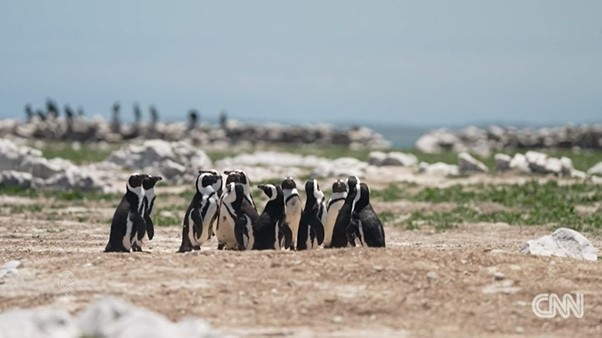Featured
Svalbard’s polar bears are sending messages to scientists
Credits CNN.
In a report for CNN’s Call to Earth, the network reports from Svalbard, a Norwegian archipelago north of the mainland, to explore how testing and tracking is helping scientists understand how polar bears are adapting to climate change.
Every morning research scientist Jon Aars gets an individual email from all the polar bears he’s monitoring in the high arctic. A tracking network of GPS collars gives Aars a map of the movements of each bear, revealing how the climate crisis is affecting everything from their feeding patterns, pregnancies, and where they call home.
“Data from movement has been very important to understand how they react and how they might respond to climate change,” Aars explains.
Along with the tracking collar, the Norwegian Polar Institute weighs bears and takes samples to monitor their health and diet. Once a day the collar makes a satellite call, transmitting the last 24 hours of data back to the Institute, where it lands in Aars’ inbox.
The Institute currently tracks around 70 polar bears but Aars tells CNN that sea ice loss in the region is also having an impact on where polar bears are born: “You don’t find polar bears anywhere in the Arctic where you don’t have sea ice at least seasonally… Change is so significant and so fast, we will reach some stage in the future where it will get much harder to be a polar bear in Svalbard.”
According to NASA, summer ice in the Arctic is shrinking by more than 13% each decade, and this year the National Snow and Ice Data Center (NSIDC) reported the second lowest levels of summer sea ice ever recorded. The 14 lowest levels of sea ice have all occurred in the past 14 years, according the NSIDC.
Despite the odds, Aars tells CNN that Svalbard’s polar bear numbers do not appear to have decreased in the last 20 years – but this may not remain the case. Aars explains he believes his research could reveal how to help the polar bears hold out a little longer.
“What is important for us is that all this data tells us how they will respond in the future,” he adds. “Of course, you cannot do a lot… But if you still have some sea ice, enough that they would be able to be there, then it is very important to know what else you can do to make sure those species can do as well as possible.”





You must be logged in to post a comment Login